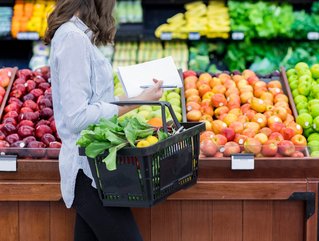UK supermarkets are slashing product lines to compete with discounters: report

The UK’s largest grocery retailers are slashing their product ranges to compete with discounters in the market, according to new research by SCALA.
SKU numbers are unique codes that are allocated to each product in a company’s inventory.
Today, the typical discount retailer has 7,5000 stock keeping units (SKUs), compared to traditional supermarkets who have around 30,000, according to the study.
As a result, many large retailers are reducing their product ranges to adopt the simpler, more streamlined approach of discounters, according to the report.
SEE ALSO:
- Spar reports strong year of growth with global retail sales reaching €34.5bn in 2017
- Kroger snaps up meal kit company Home Chef for $200mn
- Portuguese retailer Sonae MC sees turnover soar 10% in first quarter
Dubbed Project Reset, Tesco has announced that it is going to significantly reduce its product lines by as much as 30%, in an attempt to eclipse low-cost rivals like Lidl and Aldi.
In one the industry’s biggest shakeups, the Sainsbury’s and Asda merger will also see two of the UK’s leading retailers consolidate operations between the two brands which will drive efficiency and increase spending power.
"There is a notable drive for innovation by all retailers, small and large, in an attempt to keep shoppers interested and build reputation and loyalty,” said John Perry, managing director of SCALA.
“The large retailers recognise that their market share is being eroded by the expansion of discounters, with customers favouring convenience over range. But now the top retailers want a piece of this approach.
“But, as with many of the changes that have been seen within retail over the past decade or so, it’s the logistics sector that has had to be innovative and extremely ‘fleet of foot’ in order to remain cost-effective and drive efficiencies," he added.
"The aim by the country’s largest supermarkets to remain competitive with the growing discounters will again place considerable pressure on logistics to achieve the required savings. The task then becomes to assess the cost to serve.”






